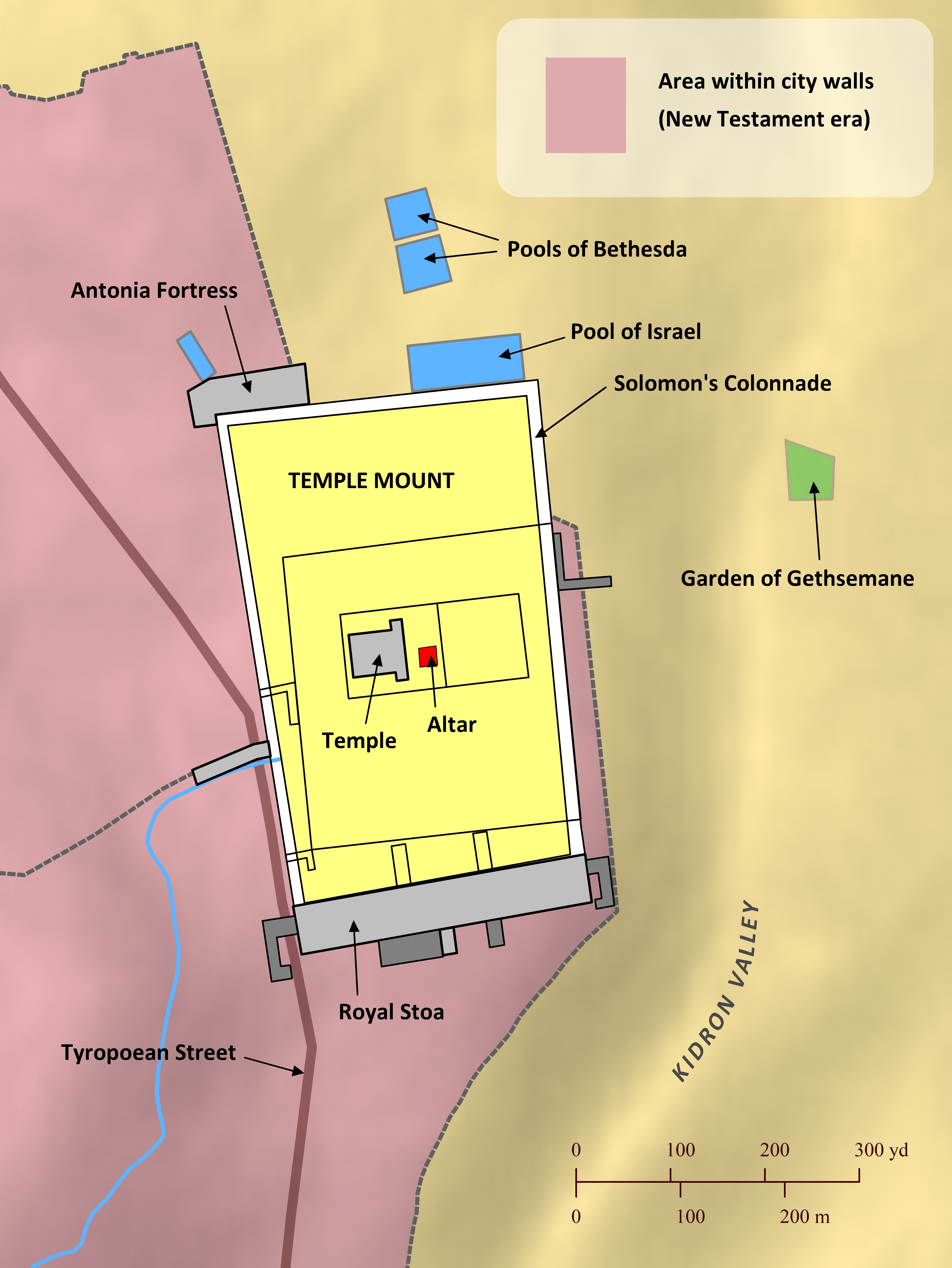Note: This view shows ‘verses’ which are not natural language units and hence sometimes only part of a sentence will be visible—click on any Bible version abbreviation down the left-hand side to see the verse in more of its context. Normally the OET discourages the reading of individual ‘verses’, but this view is only designed as a tool for doing comparisons of different translations—the older translations are further down the page (so you can read up from the bottom to trace the English translation history). The OET segments on this page are still very early looks into the unfinished texts of the Open English Translation of the Bible—please double-check these texts in advance before using in public.
OEB the children of Shephatiah, the children of Hatiil, the children of Pochereth-hazzabaim, the children of Amon.
WEBBE the children of Shephatiah, the children of Hattil, the children of Pochereth Hazzebaim, and the children of Amon.
WMBB (Same as above)
NET the descendants of Shephatiah, the descendants of Hattil, the descendants of Pokereth-Hazzebaim, and the descendants of Amon.
LSV sons of Shephatiah, sons of Hattil, sons of Pochereth of Zebaim, sons of Amon.
FBV Shephatiah, Hattil, Pokereth-Hazzebaim and Amon.
T4T • Shephatiah, Hattil, Pokereth-hazzebaim, and Amon.
LEB the descendants[fn] of Shephatiah, the descendants[fn] of Hattil, the descendants[fn] of Pochereth-Hazzebaim, the descendants[fn] of Amon.
BBE The children of Shephatiah, the children of Hattil, the children of Pochereth-hazzebaim, the children of Amon.
Moff Shephatiah, Hat- til, Poehereth-hazzebaim, and Amon.
JPS the children of Shephatiah, the children of Hattil, the children of Pochereth-hazzebaim, the children of Amon.
ASV the children of Shephatiah, the children of Hattil, the children of Pochereth-hazzebaim, the children of Amon.
DRA The children of Saphatia, the children of Hatil, the children of Phochereth, who was born of Sabaim, the son of Amon.
YLT sons of Shephatiah, sons of Hattil, sons of Pochereth of Zebaim, sons of Amon.
Drby the children of Shephatiah, the children of Hattil, the children of Pochereth-Hazzebaim, the children of Amon.
RV the children of Shephatiah, the children of Hattil, the children of Pochereth-hazzebaim, the children of Amon.
SLT The sons of Shephatiah, the sons of Hattil, the sons of Pochereth of Zebaim, the sons of Amon.
Wbstr The children of Shephatiah, the children of Hattil, the children of Pochereth of Zebaim, the children of Amon.
KJB-1769 The children of Shephatiah, the children of Hattil, the children of Pochereth of Zebaim, the children of Amon.[fn]
KJB-1611 [fn]The children of Shephatiah, the children of Hattil, the children of Pochereth Zebaim, the children of Amon,
Bshps The children of Sephatiath, the childre of Hattil, the children of Phochereth of Sabaim, the children of Amon.
(The children of Sephatiath, the children of Hattil, the children of Phochereth of Sabaim, the children of Amon.)
Gnva The sonnes of Shephatiah, the sonnes of Hattil, the sonnes of Pochereth of Zebaim, the sonnes of Amon.
(The sons of Shephatiah, the sons of Hattil, the sons of Pochereth of Zebaim, the sons of Amon. )
Cvdl the childre of Sephatia, the childre of Hatil, ye childre of Pochereth of Zebaim, the children of Amon.
(the children of Sephatia, the children of Hatil, ye/you_all children of Pochereth of Zebaim, the children of Amon.)
Wycl sones of Atthal, the sones of Phetereth, `that was borun of Abaim, sone of Amon;
(sons of Atthal, the sons of Phetereth, that was born of Abaim, son of Amon;)
Luth die Kinder Sephatja, die Kinder Hatil, die Kinder Pochereth von Zebaim, die Kinder Amon.
(the children Sephatya, the children Hatil, the children Pochereth from Zebaim, the children Amon.)
ClVg filii Saphatia, filii Hatil, filii Phochereth, qui erat ortus ex Sabaim filio Amon.
(children Saphatia, children Hatil, children Phochereth, who was birth from Sabaim son Amon. )
RP-GNT No RP-GNT NEH book available
